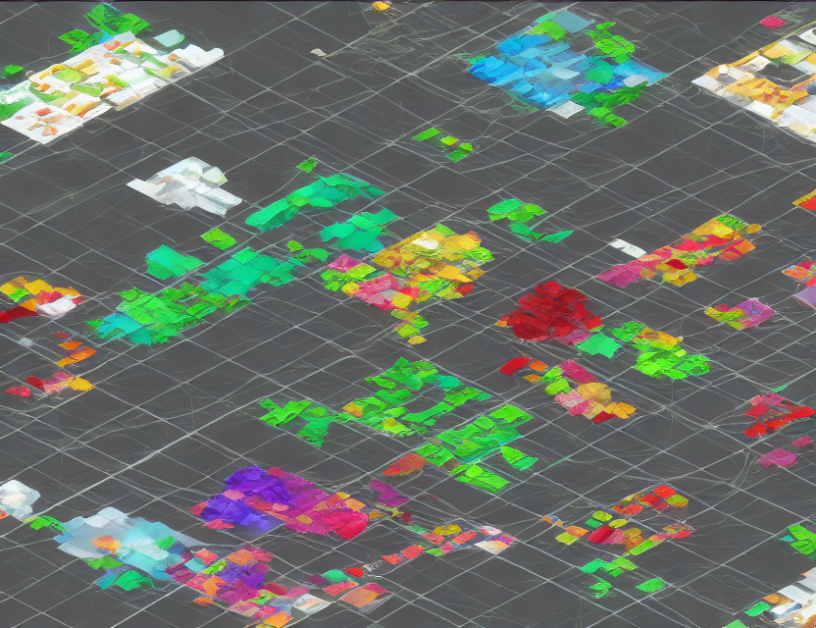In recent years, Graph Neural Networks (GNNs) have gained significant attention in the field of artificial intelligence due to their ability to handle complex graph-structured data. GNNs are a type of neural network that can learn from graphs, which are collections of nodes connected by edges. These networks have been successfully applied to various tasks such as predicting protein structures, recommending products, detecting fraud, and discovering drugs.
One challenge in scaling up GNNs is reducing the number of nodes while preserving their relative distribution, similar to collapsing a map. This allows for more efficient computation while maintaining accuracy. Several methods have been proposed to achieve this, including FALCON, Coarsen, and Macro Averaged Label Distribution Error. These methods collapse different types of graphs, such as Cora and PubMed, by reducing their number of nodes while preserving their feature-label distribution.
FALCON is a method that collapses a graph using an efficient algorithm that ensures the preserved relative distribution of the collapsed nodes. Coarsen reduces the number of nodes by approximately 41% and 27% for Cora and PubMed, respectively, while preserving their feature-label distribution. Macro Averaged Label Distribution Error compares the post-collapse label distribution error of various graph reduction methods, including FALCON and Coarsen.
In summary, GNNs have emerged as a powerful tool for handling complex graph-structured data, with applications in various fields. Reducing the number of nodes while preserving their relative distribution is crucial for efficient computation, and several methods such as FALCON, Coarsen, and Macro Averaged Label Distribution Error have been proposed to achieve this. These methods can be used to collapse different types of graphs, making GNNs more scalable and practical for real-world applications.
Computer Science, Machine Learning
Comparing Graph Reduction Methods for Improved Label Distribution Accuracy



